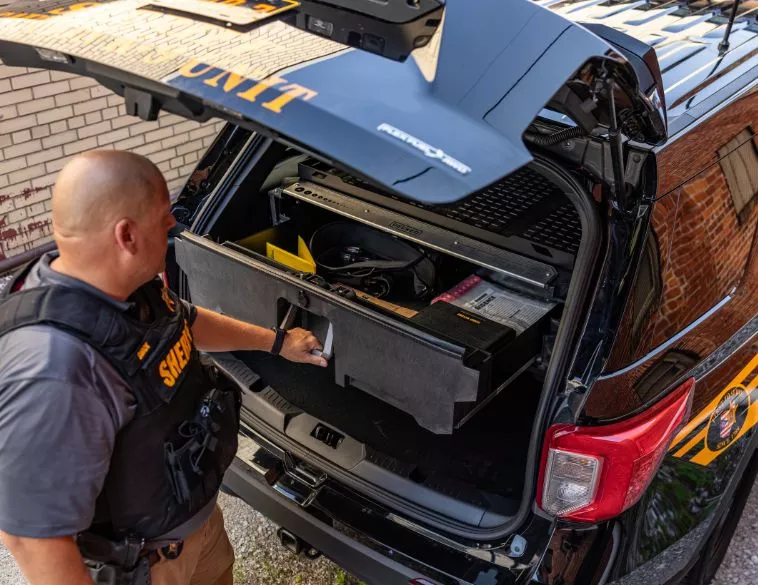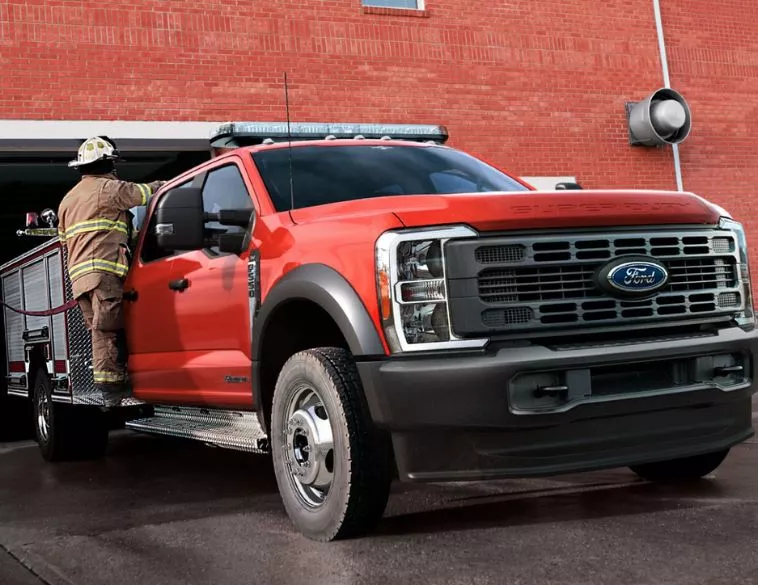Mitigating Unpredictability
There is no question that we are living in some very challenging times for the fleet management industry. Tariffs and supply chain disruptions, rising costs—they are all having a significant impact.

If we look at the situation regarding tariffs, some postal agencies and couriers are no longer shipping parts to the U.S., because they don’t have the infrastructure to support the new tariff requirements. For fleets that operate in both Canada and the U.S., as well as Mexico, this is having a significant impact on operations, since it can be difficult to determine when replacement parts or even vehicles can be delivered, and costs can swing wildly from one week to the next.
Diversification
One way that fleets can help mitigate these types of procurement issues, is by diversifying their sources, and looking at new OEMs and vendors to source product. Additionally, extending the order timing out can help lock in pricing, though doing so also means you’ll need to extend the life cycle of your current vehicles. This can be a double edge sword in that while you might be able to get ahead of potential price increases on new vehicles due to tariffs and other inflationary pressures, you will also be spending more of your operational budget on servicing and parts for your existing fleet vehicles, which will require more maintenance as they age.
For vocational fleets and those that rely extensively on upfitting, Canada and the U.S., have, traditionally, had a great relationship in terms of OEMs and upfitters. Today, with the tariff situation and trade disruptions we’re seeing more upfitting becoming localized with a greater emphasis on more standardized specifications. One reason for this approach, is that by having a standardized spec, fleet managers can shop it around for both optimal pricing and timing from a delivery perspective. Much like we saw during the COVID-19 pandemic, this kind of approach helps alleviate some uncertainty and allows fleets to better plan and manage overall costs.
Artificial intelligence
Additionally, we’re seeing Artificial Intelligence play an increasing role as fleets look to predict maintenance issues before they happen. Today, the aim is to maximize profitability out of every mile or kilometre that vehicles are in service and minimize any potential repairs and down time. Fleet managers today are looking to mitigate risk as much as possible through diversification and timing, as well as maximize revenue opportunities wherever they can.
Today’s operating environment is one where margin squeeze is happening across the entire supply chain, from OEMs, to vendors to fleet management companies. We’re seeing major OEMs significantly scale back head counts and cut back on various programs including EV development and these cutbacks are extending beyond vehicle manufacturing to right across the supply chain. While cutting costs and head counts can be a short-term approach to help stabilize business and profitability, you can only cut so much before safety and service are impacted. We’ve seen many cases where safety is compromised, resulting in serious implications for fleets and the industry, plus, at the end of the day, drivers and employees want to be able to go home to their families.
Significant improvements
We are lucky in that modern fleet managers tend to be very safety conscious and laser-focused on mitigating danger and risk wherever possible and, provided it is presented properly, good safety practices can result in significant improvements in fleet operational efficiency and revenue. Modern telematics solutions allow us to monitor performance and operating practices in real time, allowing fleet managers to make better decisions and see clear patterns in how they can maximize efficiencies for the fleets they’re responsible for.
While we may be living through some of the most unpredictable times in recent memory, there are still a range of solutions to help mitigate uncertainty and ensure that as fleet managers, we are well prepared for whatever challenges we might face in the future.





